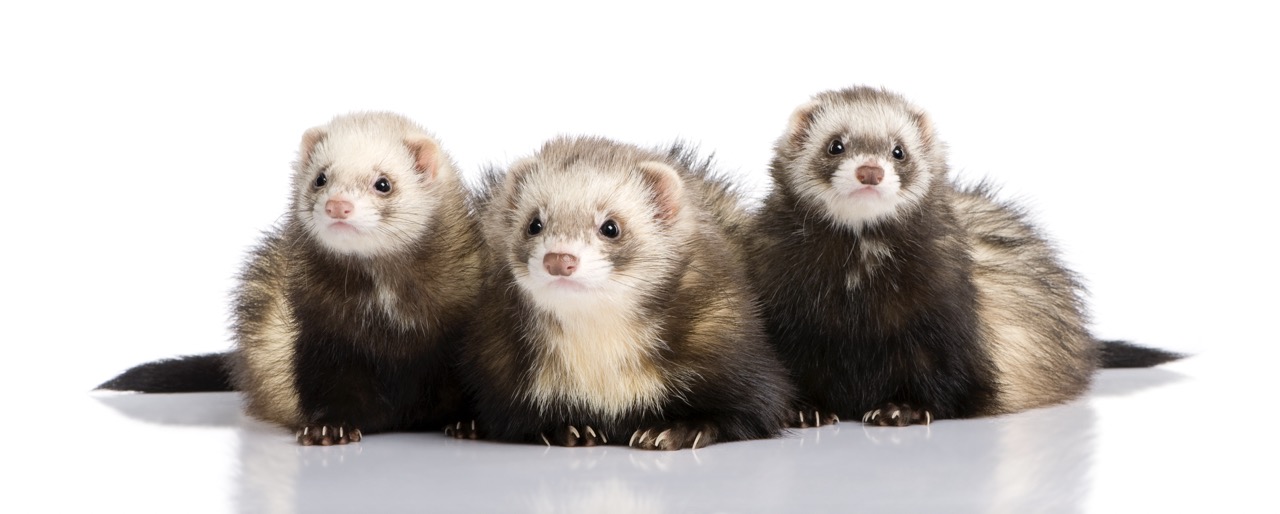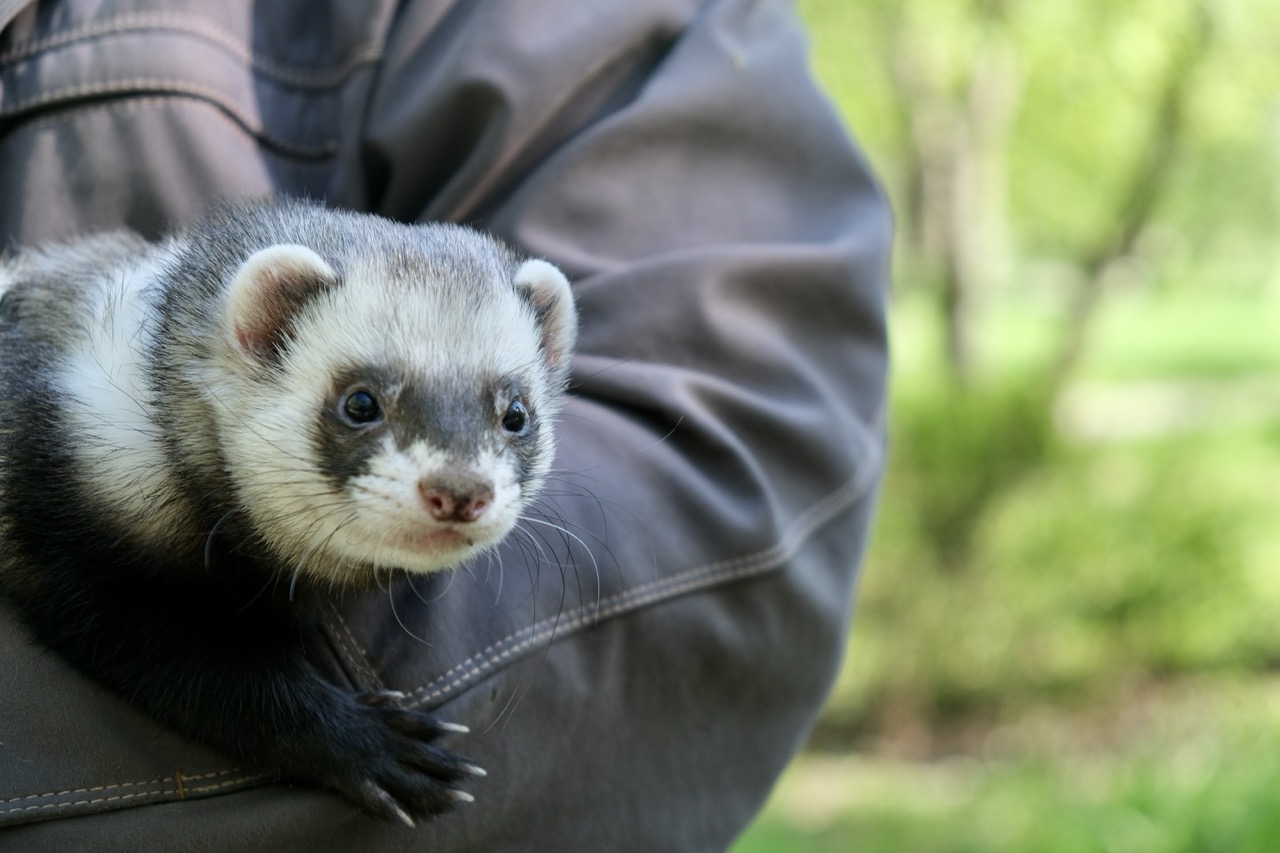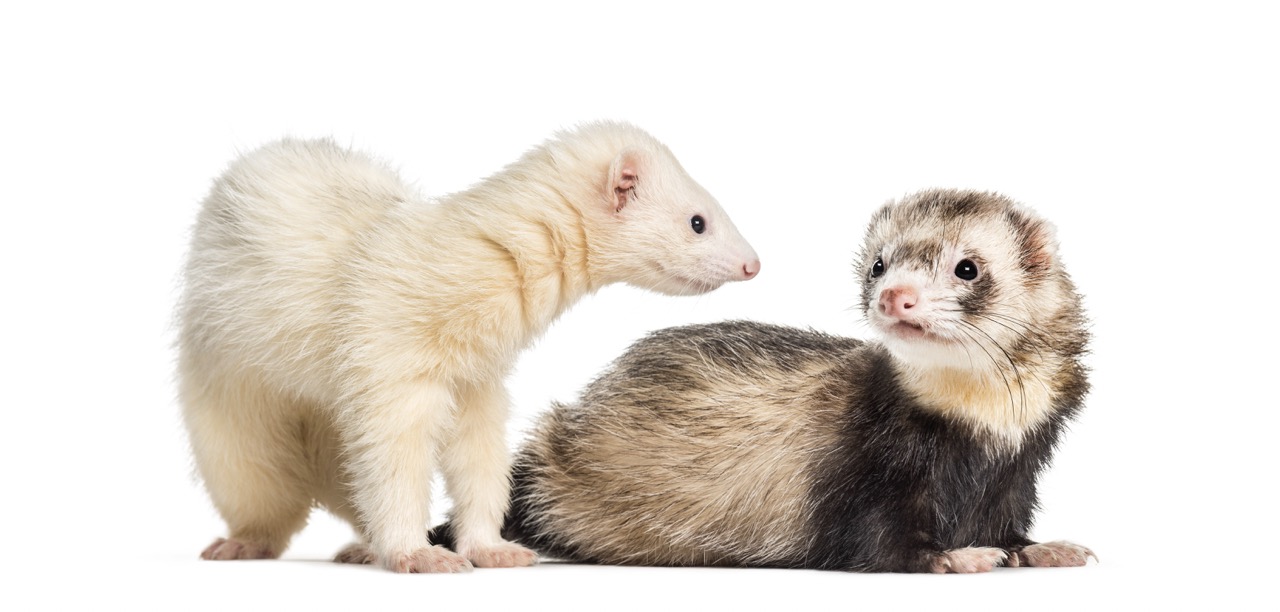When considering the needs of a ferret, one of the most critical factors is the size and environment of their cage. Ferrets are playful, curious, and highly energetic creatures that require ample space to thrive. A cage that is too small can lead to a range of health issues, behavioral problems, and overall dissatisfaction for your furry friend. This article aims to guide ferret owners on how to ensure their pet’s cage is adequately sized and enriched to promote a happy and healthy lifestyle.
Understanding the Space Requirements for Ferrets
Ferrets are active animals that generally require more space than most pet owners realize. The minimum recommended cage size for one ferret is typically around 24 inches wide, 24 inches deep, and 36 inches tall. However, larger dimensions are preferable, especially if you plan to house multiple ferrets. A spacious environment allows for climbing, playing, and exploring, all of which are crucial for their physical and mental well-being.
In addition to size, it’s essential to consider the layout of the cage. Ferrets are naturally curious and enjoy exploring vertical spaces. Therefore, a multi-level cage that offers ramps, shelves, and hammocks can provide an enriching environment while maximizing available space. The more engaging the cage, the less likely your ferret is to develop behavioral problems stemming from boredom or confinement.
Lastly, it’s important to recognize that the space requirements may vary based on the individual ferret’s personality and energy levels. Some ferrets may be more sedentary, while others may be more active and adventurous. By observing your ferret’s behavior, you can better determine if their cage size meets their specific needs.
Essential Features of a Proper Ferret Cage
In addition to providing sufficient space, a proper ferret cage should include essential features that cater to their needs. Firstly, safe and secure construction is paramount. Ferrets are adept escape artists, so a cage with tight bars and sturdy locks is crucial to prevent your pet from wandering off. Wire mesh cages are often preferred, but be mindful that the bar spacing is not too wide, as ferrets can squeeze through narrow openings.
Another important feature is the inclusion of multiple levels and platforms. This vertical space allows ferrets to engage in natural climbing behavior, which is vital for their physical health. Adding ramps, tunnels, and shelves can make the cage more interesting and help your ferret climb and explore. Additionally, consider including cozy hiding spots or beds where ferrets can retreat to feel safe and secure.
Lastly, proper ventilation and lighting are crucial for any ferret cage. Good air circulation will help prevent the buildup of odors and moisture, while natural lighting (when possible) can positively affect your pet’s mood and well-being. Ensure that the cage is located in a quiet area of your home, away from direct drafts and extreme temperatures, to create a comfortable living environment for your ferret.
Signs Your Ferret May Need More Space
Observing your ferret’s behavior is essential in determining if their living space is adequate. One of the most apparent signs that your ferret may need more space is if they exhibit signs of excessive boredom, such as lethargy or lack of interest in playing. Ferrets are naturally inquisitive; if your pet seems uninterested in their surroundings or engages in repetitive behaviors like pacing, it may indicate that they require a more stimulating environment.
Another sign to look for is aggressive or territorial behavior among multiple ferrets. When confined to a small space, ferrets may become more irritable and reactive towards each other. If you notice increased fighting or dominance displays, it may be a signal that they need more room to establish their own territories and personal space. Providing additional space can help alleviate tensions and improve group dynamics.
Lastly, physical signs of stress can indicate that your ferret’s cage is too small. Watch for behaviors such as excessive digging, chewing on cage bars, or vocalizations like whining or barking. These behaviors can signal that your ferret is feeling trapped and needs more room to move around freely. If you recognize any of these signs, it may be time to upgrade to a larger cage or create a more expansive play area outside of the cage.
Tips for Creating an Enriching Environment for Ferrets
Creating an enriching environment for your ferret goes beyond merely ensuring an adequate size for their cage. One effective way to enhance their living space is by incorporating a variety of toys and activities. Ferrets enjoy toys that they can chase, pounce on, or even puzzle toys that challenge their intelligence. Rotating toys regularly can keep their environment fresh and exciting, helping to stave off boredom.
Another excellent tip is to provide a variety of climbing structures and hiding spots. Hammocks, tunnels, and boxes can create a dynamic environment that encourages exploration. Ferrets love to burrow and hide, so adding items that allow them to explore and feel secure can significantly improve their quality of life. Keeping their space clean and organized can further enhance their environment by ensuring that they have a safe, accessible area to play.
Lastly, consider allowing your ferret regular out-of-cage time in a secure and supervised area. This additional space for exploration not only provides physical exercise but also mental stimulation. Designate a safe zone free of hazards where your ferret can roam and play freely. Incorporating climbing furniture, such as cat trees or shelving, can further enrich their playtime and help them utilize their natural instincts.
In conclusion, ensuring that your ferret’s cage is not too small is a vital aspect of responsible ferret ownership. Understanding their space requirements, incorporating essential features in their cage, recognizing signs that they may need more space, and creating an enriching environment can significantly enhance their quality of life. By prioritizing your ferret’s needs, you can foster a happy and healthy relationship with your furry companion while providing them with the space they need to thrive.










